
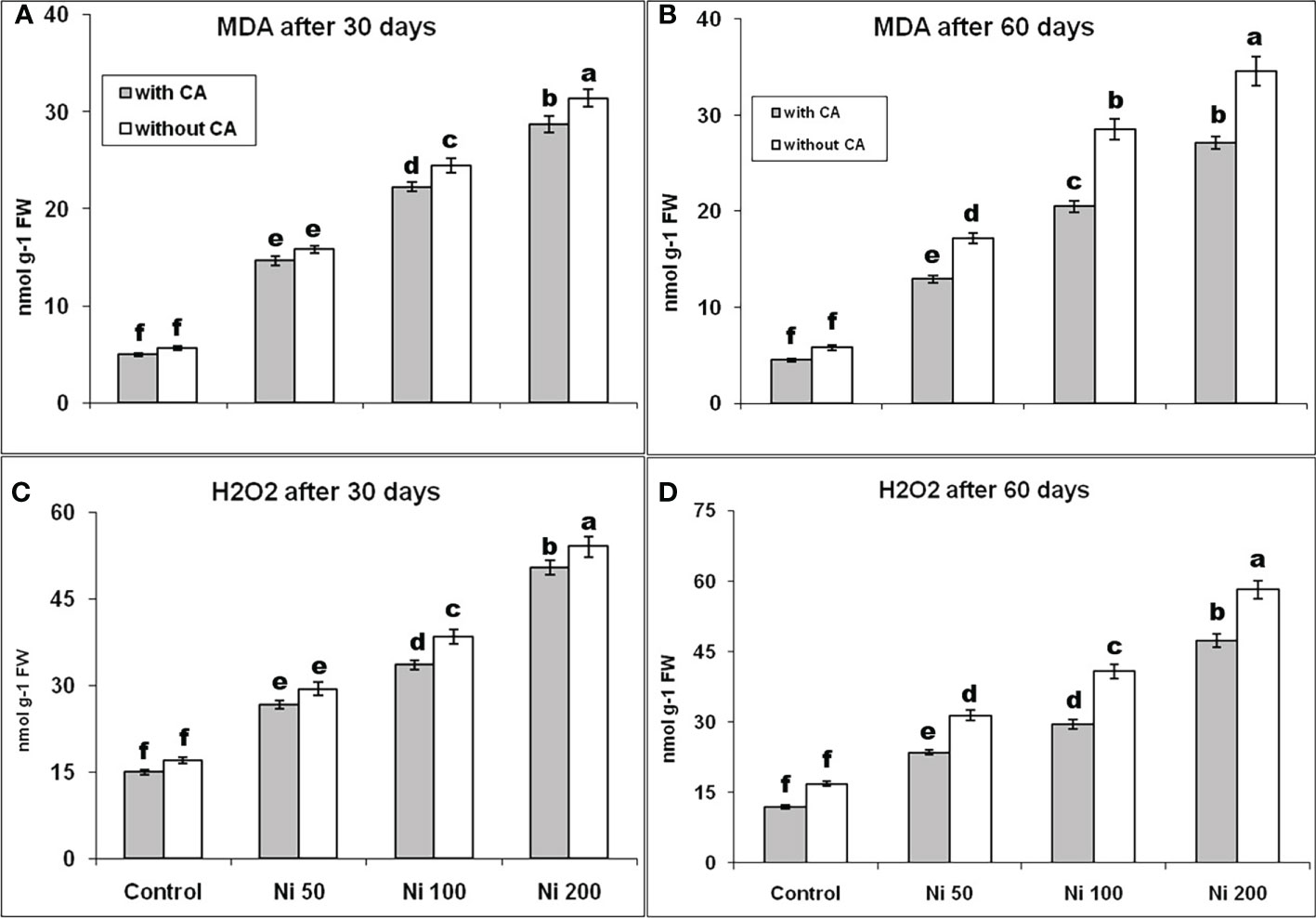
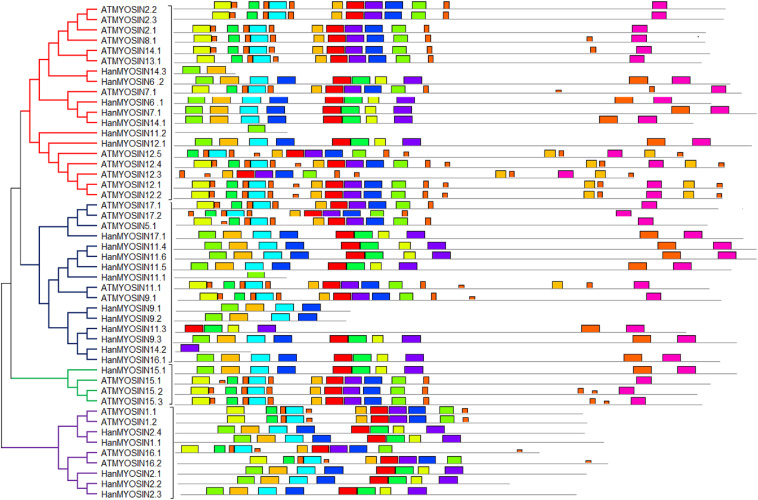
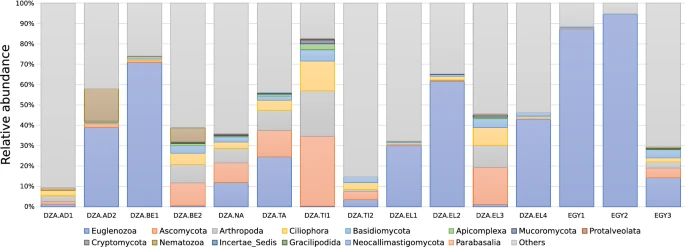
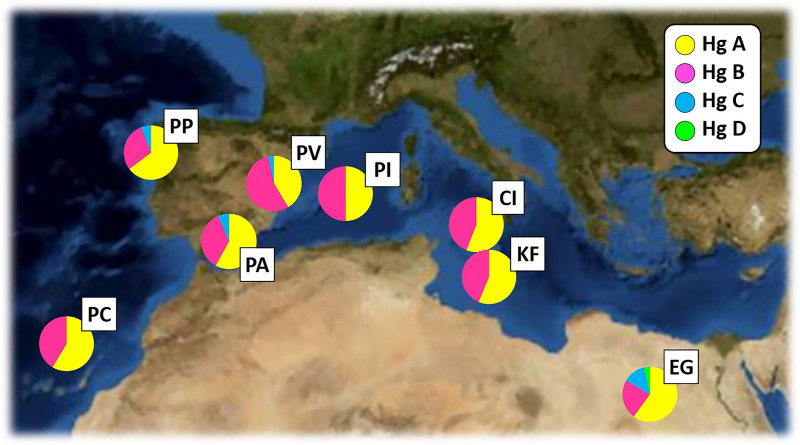

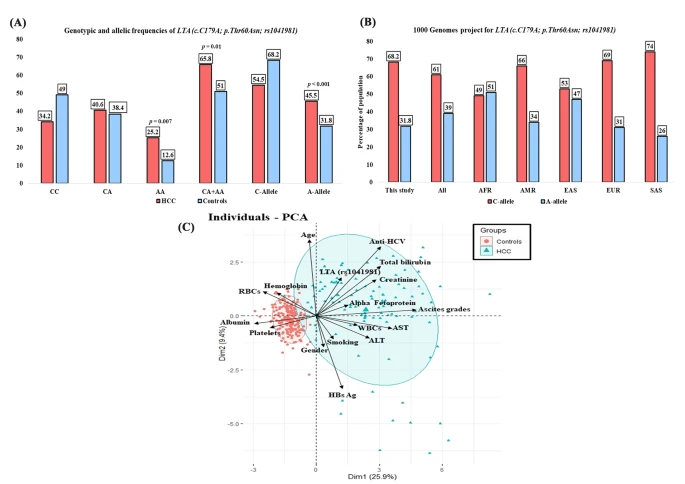
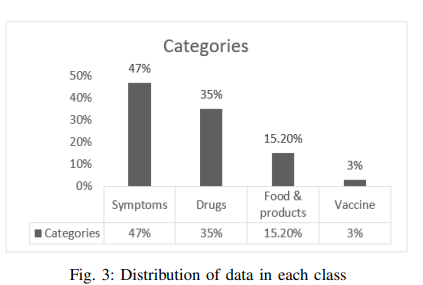
Text classification has been one of the most common natural language processing (NLP) objectives in recent years. Compared to other languages, this mission with Arabic is relatively restricted and in its early stages, and this combination in the medical application area is rare. This paper builds an Arabic health care assistant, specifically a pediatrician that supports Arabic dialects, especially Egyptian accents. The proposed application is a chatbot based on Artificial Intelligence (AI) models after experimenting with Two Bidirectional Encoder Representations from Transformers (BERT) models
Nile tilapia, Oreochromis niloticus, is the principal fish bred in Egypt. A pilot study was designed to analyze the bacterial composition of the Nile tilapia fish guts from two saltwater lakes in Northern Egypt. Fish samples were obtained from two Delta lakes: Manzala (ML) and Borollus (BL). DNA was extracted, and the bacterial communities in the stomach content were classified (down to the species level) using the 16S rRNA-based analysis. From the two metagenomics libraries in this study, 1,426,740 reads of the amplicon sequence corresponding to 508 total taxonomic operational units were
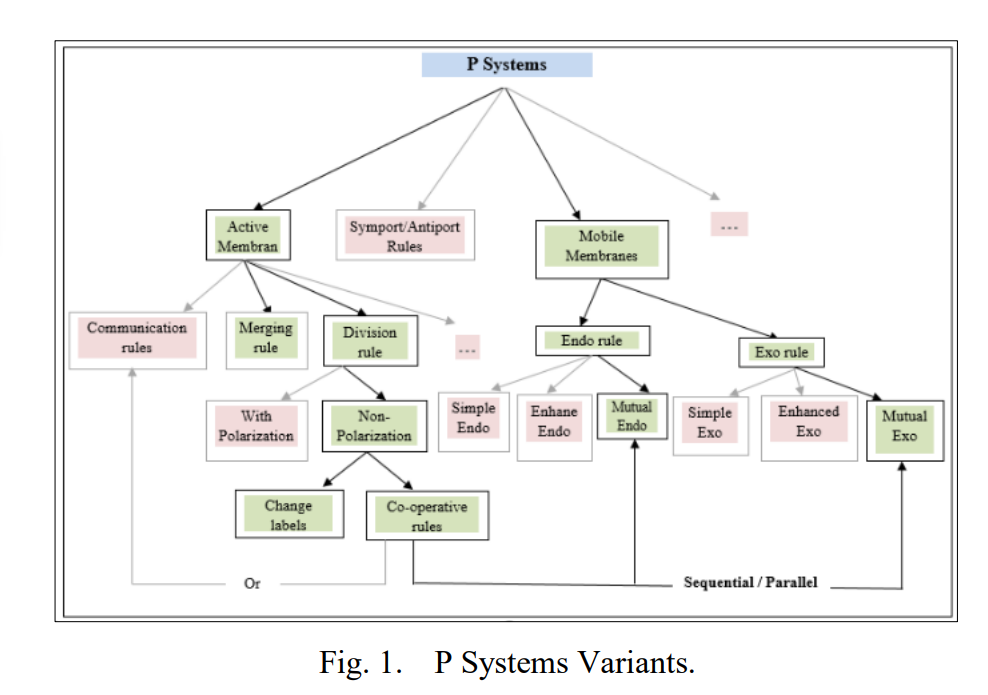
Membrane computing is a computational framework that depends on the behavior and structure of living cells. P systems are arising from the biological processes which occur in the living cells’ organelles in a non-deterministic and maximally parallel manner. This paper aims to build a powerful computational model that combines the rules of active and mobile membranes, called Mutual Dynamic Membranes (MDM). The proposed model will describe the biological mechanisms of the metabolic regulation of mitochondrial dynamics made by mitochondrial membranes. The behaviors of the proposed model regulate
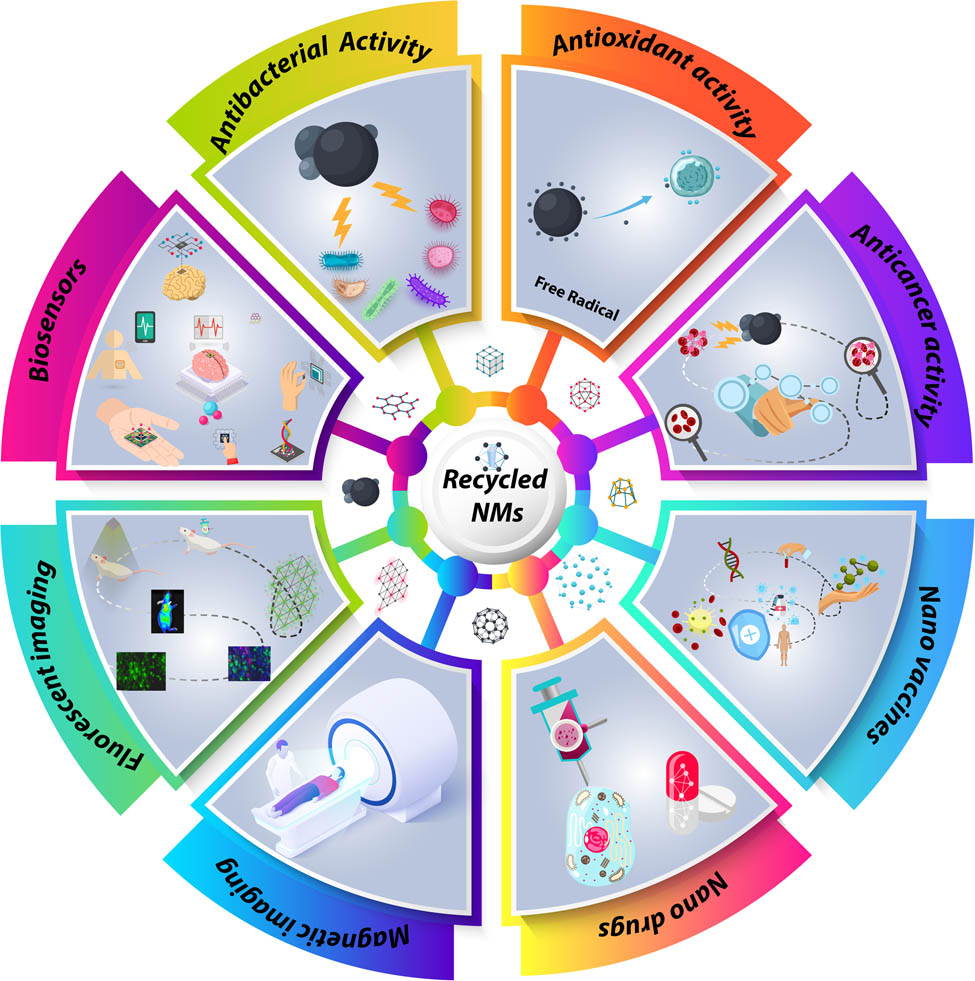
Global overpopulation, industrial expansion, and urbanization have generated massive amounts of wastes. This is considered as a significant worldwide challenge that requires an urgent solution. Additionally, remarkable advances in the field of biomedicine have impacted the entire spectrum of healthcare and medicine. This has paved the way for further refining of the outcomes of biomedical strategies toward early detection and treatment of different diseases. Various nanomaterials (NMs) have been dedicated to different biomedical applications including drug delivery, vaccinations, imaging